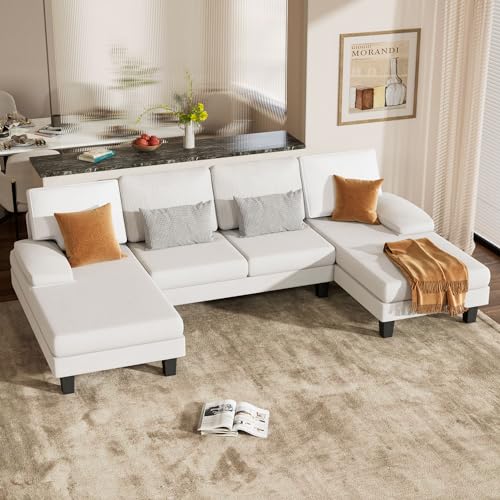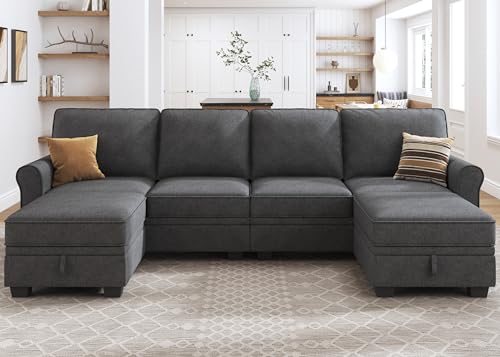9 Signs You're A What Are U Shaped Valleys Expert
페이지 정보
작성자 Athena Oshea 작성일 24-09-19 19:57 조회 4 댓글 0본문
 What Are U Shaped Valleys?
What Are U Shaped Valleys? A U-shaped Valley is an ancient geological formation with high, steep sides and an elongated or flat valley bottom. They result from glaciation, and are usually home to lakes, rivers and sand traps found on golf courses, kettle lakes (water hazards), and other such natural features.
A U-shaped Valley is an ancient geological formation with high, steep sides and an elongated or flat valley bottom. They result from glaciation, and are usually home to lakes, rivers and sand traps found on golf courses, kettle lakes (water hazards), and other such natural features.Glacial erosion forms U-shaped valleys when the rocks are removed from the sides and the bottom of the valley. These valleys are common in mountainous regions around the world.
Glaciers are the primary reason for forming them.
Glaciers are large bodies of ice which form on mountains and then move down them. As they degrade the landscape they create U-shaped valleys with flat floors and steep sides. These valleys are different from the valleys of rivers, which are usually formed in the shape of a letter V. Although glacial erosion can occur in many places but these valleys are distinctive of mountain regions. They are so distinct that it is easy to discern whether the landscape was shaped by rivers or glaciers.
The process of creating a U shaped valley begins by creating the V formed river valley. As the glacier degrades the landscape, it expands into the V-shaped river valley and produces an inverted U-shaped shape. The ice also damages the surface of the ground, causing the valley's sides to have high and straight walls. This process is referred to as glaciation and it requires an enormous amount of strength to move the earth this way.
As the glacier continues to erode the landscape, it makes the valley bigger and deeper. The glacier's ice is less frictional than the rocks. As the glacier moves through the valley, it also causes abrasion of the rock surfaces. This pulls the less durable rocks away from the valley walls in a process called plucking. These processes work together to broaden, smoothen and deepen the u shaped sectional coffee table-shaped valley.
This process can cause the small valley to "hang' above the main one. This valley is often filled with ribbon lakes that are formed by water rushing through the glacier. The valley is also marked by striations and ruts on the sides, as also moraines and till on the floor.
U-shaped valleys are commonplace all over the world. They are most common in mountainous regions, such as the Andes, Alps, Caucasus, Himalaya and Rocky Mountains. In the United States they are usually found in national parks. Examples include Glacier National Park and the Nant Ffrancon Valley in Wales. In some cases valleys can expand to the coast and turn into fjords. This is an natural process that occurs when the glacier melts, and it can take hundreds of thousands of years to get these valleys formed.
They are deep
U-shaped valleys are characterized by steep sides that curve at the bottom, and a wide, flat valley floor. They are formed in valleys in rivers that were filled by glaciers during the ice age. The glaciers erode valley floors via cutting and abrasion, which causes the valley to expand and deepen more evenly than it would with a river. These features are found around the globe in mountainous areas which include the Andes, Alps, Himalayas, Rocky Mountains, and New Zealand.
The erosion of a river valley may transform it into a u-shaped valley by increasing its depth and expanding it. The erosive power of the glacier can also cause smaller side valleys to be left hanging above the main valley that is typically characterized by waterfalls. These features are called "hanging valleys" because they hang above the main valley when the glacier retreats.
These valleys are often enclosed by forests and contain lakes. Some valleys can be used for farming while others are flood-prone. Many of these valleys are located in Alaska, the place where melting glaciers are the most evident.
Valley glaciers are huge streams of ice that resemble rivers and slowly slide down mountain slopes during a glaciation. They can be as deep as over 1000 feet, and are the most prevalent form of valley erosion in alpine regions. They consume the rock on the bottom of a valley and leave behind depressions or holes that are then filled with water. The lakes that result are narrow and long and are found on the tops of certain mountains.
A glacial trough is a different type of valley. It is an u shape bed sofa shaped valley that extends into the saltwater to create an fjord. These are common in Norway, where they are known as fjords. However, they are also found in other areas of the world. These are formed by melting ice and can be seen on maps around the globe. They are typically characterized by rounded sides that resemble a U shape in cross-section, and steep sides. The trough walls are usually constructed from granite.
The slopes are steep
A U shape valley is a type of formation with high, steep sides and a smooth bottom. Glaciers are the reason for many of these valleys. They are frequent in mountainous regions. It is because glaciers slow downhill and scour the land. Scientists used to believe that glaciers couldn't carve valleys because they were so soft. But now, we know that they can.
Glaciers form distinctive u-shaped valleys by using the processes of plucking as well as abrasion. These processes widen, steepen and deepen V-shaped valleys into the U shape through erosion. They also change the slopes of the valley floor. These changes take place at the front of the glacier as it turns into the valley. This is why the U shape valley is usually larger at the top than at the bottom.
U-shaped valleys are often filled with lakes. The kettle lakes are formed in hollows caused by erosion of the glacier or surrounded by the moraine. The lake may be a temporary feature, as the glacier melts or it may remain after the glacier receding. They are typically located in conjunction with cirques.
Another kind of valley is a flat-floored valley. The valley is created by streams which erode the soil. However, it does not have a steep slope like the U-shaped ones. They are usually located in mountainous areas, and are often older than other types of valleys.
There are various types of valleys around the world. Each one has its own unique appearance. The most popular kind of valley is a V-shaped one, but there are some rift valleys that are U-shaped as well as. A Rift valley forms in places where the earth's crust is splitting apart. They are usually narrow valleys that have steep sides. This is evident in the Nant Ffrancon Valley, located in Snowdonia.
There are many kinds of common.
Contrary to V-shaped valleys, U-shaped valleys have broad bases. Glaciers are the primary cause of these valleys, which are typically found in mountain ranges. Glaciers are massive blocks made of snow and ice which erode the landscape as they slide downhill. They erode valleys through friction and the abrasion. This process is referred to as Scouring. The glaciers degrade the landscape in a distinctive U Shaped Sectional Coffee Table-shaped design. These are referred to as U-shaped valleys. They can be located in many places around the world.
These valleys form by glaciers that erode valleys of rivers. The weight of the glacier and its slow movement can cause erosion of the valley floor and sides creating a unique u shape sectional sofas-shaped shape. This process, referred to as glacial erosion, has resulted in some of the most stunning landscapes on Earth.
These valleys are also called trough valleys or glacial troughs. They are common throughout the world, particularly in areas with glaciers and mountains. They range in sizes ranging from a few meters to hundreds of kilometers. They can also vary in depth and length. The deeper the valley is the more intense the fluctuation of temperature will be.
A fjord or ribbon lake is formed when a U-shaped gorge fills with water. The ribbon lakes develop in the valleys in which the glacier has eroded the rock with less resistance. They may also form in a valley in which the glacier is stopped by the wall.
In addition to ribbon lakes, U-shaped valleys may also have glacial features such as erratics, hanging valleys and moraine dams. Erratics, also known as massive boulders, are deposited by glaciers as the latter moves. The erratics can be used to define the boundaries between glaciated regions.
These smaller valleys are left hanging" above the main valley that was created by the glacier. These valleys contain less ice and are not as deep. They are formed by tributary glaciers, and are often overshadowed by waterfalls.
- 이전글 15 Best Pinterest Boards Of All Time About Mesothelioma Asbestos Lawyer
- 다음글 11 Methods To Totally Defeat Your Daftar Akun Togel Resmi
댓글목록 0
등록된 댓글이 없습니다.
